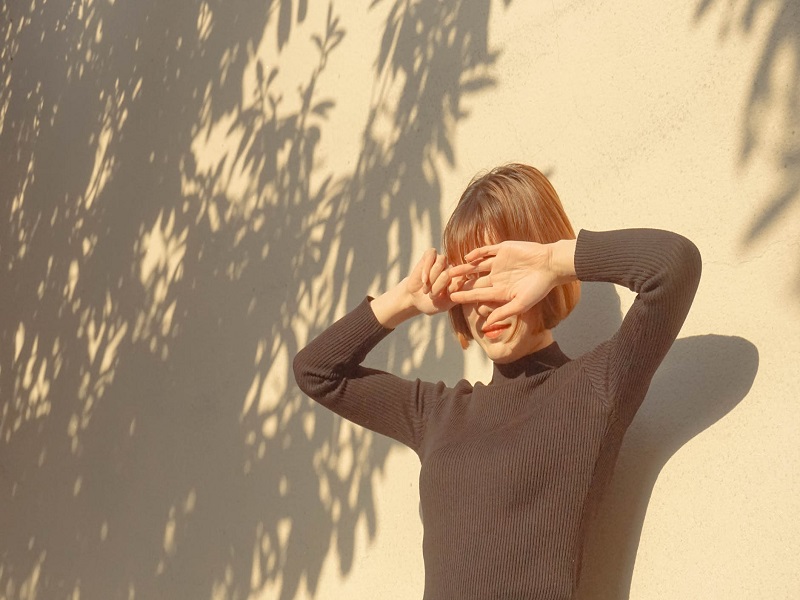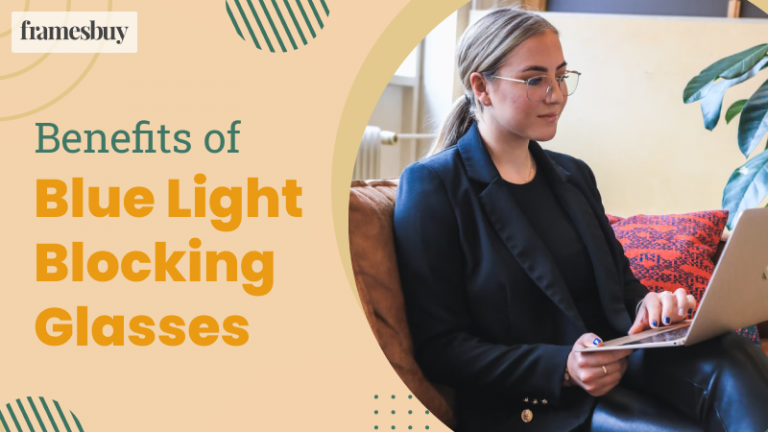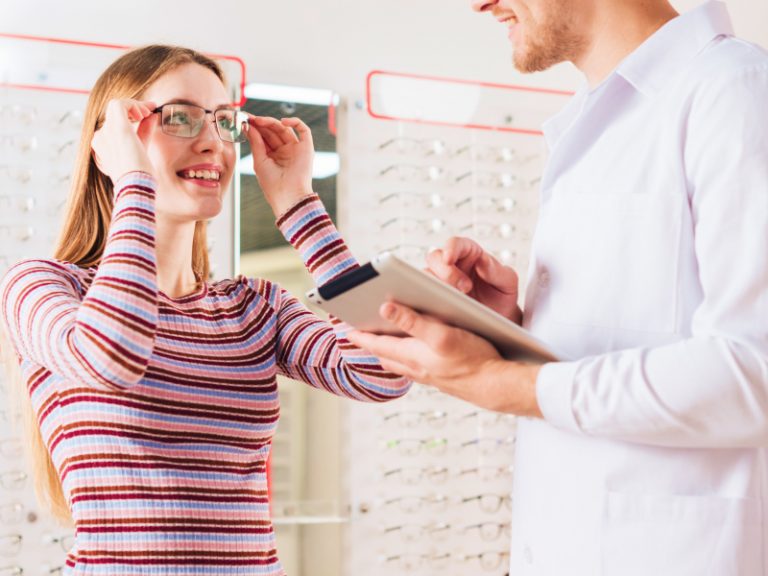When stepping out in the sun and exposure to indoor bright light causing you to squint and tempt you to shield your eyes, you may have photophobia (a fear from light).
Photophobia or light sensitivity is a certain condition that makes your eye sensitive to bright light. Not basically an eye disease, it is an early symptom that accompanies other eye ailments such as eye strain, inflammation on the eyelid, migraine headache, or tired eye.
As the name suggests “Photophobia – fear from the light” keeps you from opening the eye in sunlight or bright indoor light. You may want to blink often and close your eyes due to discomfort. Some severe cases of light sensitivity are also linked with eye pain and headache with every amount of light.
Symptoms of photophobia include:
How Photophobia affects your eye differ in people to people but commonly found symptoms of the light-sensitive eye are:
- Sensitivity to bright light
- Squinting when outdoor
- Eye strain or tired eye
- Need to blink continuously
- Difficulty in the opening eye in sunlight
- Eye Pain when exposed to light
- Extreme dry eyes
- Headache
- Squinting in one or both eyes
- Fatigue and nausea
- Watery eye
Major issues causing Photophobia (light sensitivity):
The little low sensitivity to light when we move from a darker room to the bright sun is very common and goes away as soon as our eyes adjust to the change in brightness. However extreme sensitivity can be a result of various health issues including:
Dry eye syndrome:
The classic dry eye symptom is when your eyes get incapable of lubricating themselves due to some issues in the tear glands can cause light sensitivity and eye pain.
Allergies:
Eye allergies and inflammation due to conjunctivitis are involved in causing light sensitivity, itchiness, pink and teary eyes.
Migraine headache:
With a large number of people with migraines experiencing light sensitivity, it is known as a common cause of photophobia.
Sensitivity by birth:
Light sensitivity is a problem involved with the nerve connecting the eye with the brain and hence sometimes ocular albinism (condition responsible for reduced pigmentation of the retina) and aniridia (complete or partial absence of iris from birth) can affect how your eyes deal with bright light sources (sun or fluorescent lamps).
Some other conditions linked with photophobia are corneal abrasion, iritis, uveitis, and keratitis. Also, it is said to be a symptom of refractive surgery, contact lens irritation, detached retina, and sunburn.
Way to maintain comfort from Photophobic eye:
Given that light sensitivity can be the result of various factors and underlying medical conditions. And with the range of symptoms involved with extreme light sensitivity, it is always better to combat the irritation by following proper eye care. you can easily decrease the underlying causes of photophobia by:
- Minimizing screen hours and taking frequent breaks from the screen.
- Wearing blue light blocking glasses and computer glasses while using electronic devices,
- Using UV-protected sunglasses for outdoor activities.
- Engage yourself in vision therapy.
- Wear prescription glasses with photochromic lens coating to avoid bright light hitting your eyes.
- Choose natural setting for indoor lighting,
- Adjusting the brightness of computer screens and smartphones.
- Talk to your doctor, if symptoms persist or get more serious.
Photophobia is just a condition and can be controlled in most cases when the underlying causes are known and addressed effectively.
Related article – Eye Exercises Guide for Naturally Healthy Eyes
Blue light glasses for the light-sensitive eye:
Sometimes light sensitivity can be the result of digital eye strain. The certain wavelength emitted by the screen, LED lights and fluorescent lamps can trigger nerves near the brain leading to photophobia.
So in short, if you believe blue light exposure from digital devices is the exact cause or even worsens the symptoms of photophobia, blue light glasses offer the best solution.
However, if the triggering problem is other than eye strain, using blue light glasses won’t help.
What are light sensitivity glasses? Are they effective for photophobia?
The most effective way to deal with photophobia or fear from light is discovering the right causes – why are you having light sensitivity? Talk to your doctor who will correctly diagnose the primary cause. However, if conditions persist, light sensitivity glasses can also help.
Some studies reveal that special types of glasses for light sensitivity can effectively combat the feeling of discomfort and pain associated with light and photophobia. Based on decades of research, these eyeglasses effectively block bad light and provide relief from light discomfort.
Meanwhile, combined with the light tint to block discomforting bright indoor light, they are a great alternative to indoor sunglasses.
And tinted darker, polarized as well as UV-protected photophobia glasses are best for outdoor use on bright sunny days.
Ensure the much-needed relief for the photophobic eye:
Photophobia glasses provide great relief from light sensitivity and effectively filter the harmful wavelength of light known to trigger migraine headaches and other severe photophobia symptoms.
Available in various lenses colours and designs, light sensitivity glasses can be easily purchased online or from nearby brick-and-mortar stores.
Already have prescription glasses? or Do you love the existing frame? Not a problem, for customers having glasses, photophobia glasses can be made into their existing frame or new frames.






